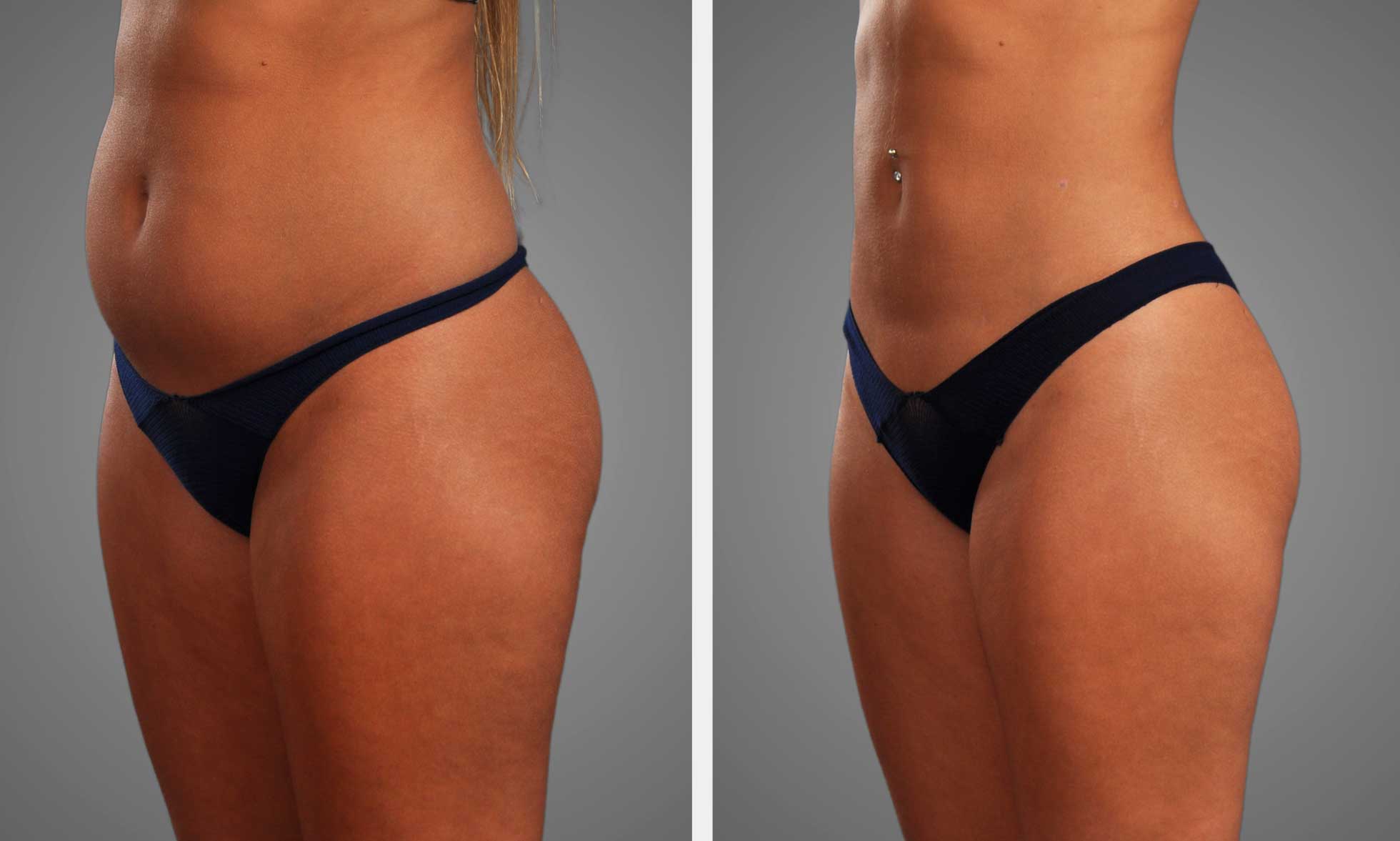In the world of cosmetic enhancements, two names stand out for their effectiveness in reducing signs of aging: Juvederm and Restylane. Both are FDA-approved dermal fillers that promise to smooth wrinkles and plump the skin, but they come with distinct properties, applications, and outcomes. Understanding the nuances between Juvederm and Restylane is crucial for anyone considering facial rejuvenation treatments. This comparison delves into their composition, areas of application, duration of effects, potential side effects, and cost considerations to provide a comprehensive overview aimed at helping individuals make informed decisions about their skincare.
Understanding Hyaluronic Acid Dermal Fillers
Filler Basics
Hyaluronic acid fillers are a key tool in cosmetic medicine. They smooth wrinkles and plump the skin. Juvederm and Restylane stand out among these fillers. Both use hyaluronic acid, but their formulas differ.
These fillers work by attracting water to the injection site. This adds volume to the area, reducing signs of aging. The effects can last from six months to over a year, depending on the product used.
Juvederm vs Restylane
Juvederm injections are known for their smooth consistency. This makes them ideal for areas like the lips or cheeks where a softer feel is desired. They’re often chosen for lip augmentation because of this.
-
Pros:
-
Smooth texture
-
Ideal for lips and cheeks
-
Cons:
-
May spread more than desired in some areas
Restylane has a firmer gel which allows precise shaping of facial features such as nasolabial folds or jawline contours.
-
Pros:
-
Firmer consistency
-
Good for shaping and contouring
-
Cons:
-
Less ideal for softer areas like lips
Both dermal fillers aim to enhance facial aesthetics with subtle yet effective results. The choice between Juvederm and Restylane depends on specific needs such as treatment area or desired outcome.
Texture and Composition Differences
Juvederm Smoothness
Juvederm is known for its smooth texture. This feature makes it easy to inject and allows it to spread evenly under the skin. The smoothness of Juvederm is due to its unique formula, which is designed to provide volume and hydration where needed.
The even distribution achieved with Juvederm can be particularly beneficial in larger areas requiring subtle enhancements. Its composition ensures that results are not only immediate but also natural-looking.
Restylane Granularity
In contrast, Restylane has a more granular texture. This characteristic gives it a slightly different application advantage. The granularity helps Restylane stay in place upon injection, making it ideal for precise treatments.
This difference in texture between Juvederm and Restylane means they cater to various needs depending on the treatment area’s requirements for precision or volume enhancement.
Choice Considerations
Choosing between these two fillers depends largely on the specific needs of the treatment area. For areas needing fine detail work, such as around the lips or under eyes, Restylane’s granular consistency offers better control. However, for adding volume or smoothing out larger areas like cheeks, Juvederm’s smoother formula might be preferred.
-
Pros of Juvederm: Smooth texture; Ideal for volumizing.
-
Cons of Juvederm: Less precise than granular fillers.
-
Pros of Restylane: Granular texture; Perfect for detailed corrections.
-
Cons of Restylane: Might not spread as smoothly in larger areas.
Understanding these differences helps patients make informed decisions about their cosmetic procedures based on whether they prioritize precision or overall volume enhancement.
Treatment Areas and Target Results
Juvederm Applications
Juvederm is highly sought after for enhancing lips and cheeks. Its smooth texture makes it ideal for these facial areas. Patients aiming for plump lips or more pronounced cheekbones often choose Juvederm. This preference stems from its ability to provide volume and smoothness, essential for a youthful appearance in these specific areas.
The product’s formulation allows for subtle yet noticeable results, making it a top choice for those seeking facial rejuvenation without the need for surgery. Each injection site benefits from the gel-like consistency of Juvederm, ensuring an even distribution that complements natural facial contours.

Restylane Strengths
Conversely, Restylane stands out when targeting the under-eye area and addressing fine lines. Its firmer texture lends itself well to correcting deeper set issues in problem areas like crow’s feet or nasolabial folds. For patients focused on minimizing signs of aging around the eyes or improving skin texture, Restylane offers tailored solutions.
This difference highlights how treatment plans are influenced by desired outcomes in various cases. Professionals may recommend Restylane based on its effectiveness in treating delicate areas where precision is paramount. The selection between these two products ultimately hinges on individual aesthetic goals and specific treatment area needs.
Duration and Longevity of Results
Juvederm Longevity
Juvederm treatments typically offer lasting effects for 6 to 12 months. Some specific products may even extend up to 18 months. The duration heavily depends on the type of Juvederm used and the area treated.
For example, lip enhancement with Juvederm can provide a youthful appearance for about a year. However, individual metabolism plays a significant role in how long these results last. Faster metabolisms might see shorter longevity.
Restylane Duration
Restylane’s effects are somewhat similar, lasting from 6 to 18 months based on the product chosen. Like Juvederm, Restylane also varies in longevity by treatment areas and individual metabolic rates.
Areas with more movement, such as lips, might require touch-ups sooner than less dynamic regions like under-eye hollows. Again, faster metabolism means quicker absorption of the product, leading to earlier follow-up treatments.
Side Effects and Safety Considerations
Common Side Effects
Both Juvederm and Restylane treatments may lead to side effects. These typically include swelling, redness, and bruising at the injection sites. Most patients experience these mild reactions shortly after their procedure.
These side effects usually last a few days. They are part of the body’s normal response to the injections. Applying ice can help reduce swelling and discomfort.
Serious Complications
Though rare, more serious complications can occur. Allergic reactions or vascular occlusion are among them. Allergic reactions might cause symptoms like itching or rash. Vascular occlusion happens when filler blocks a blood vessel.
Patients should report any unusual symptoms to their doctor immediately. Quick action is crucial in preventing long-term damage from these complications.
Safety Profile
The safety profile of Juvederm vs Restylane is quite similar. Both fillers have been extensively tested for safety and efficacy.
-
However, individual reactions may vary.
-
It’s important for patients to discuss their medical history with their provider before treatment.
Providers can help determine which filler is safer based on an individual’s health background.
Ultimately, both fillers offer effective solutions for enhancing facial features but come with risks that should be considered carefully by anyone looking into these cosmetic procedures.
Cost and Downtime Comparison
Price Variation
Costs vary significantly across different regions and providers. The amount of filler needed also affects the price. Generally, Juvederm is slightly more expensive than Restylane.
Patients should consider the cost in relation to their budget and desired outcomes. It’s not just about the initial price but also how long the results last.
Recovery Time
Both fillers require minimal downtime. Most people can resume their normal activities immediately after treatment.
The quick recovery time makes both options attractive for those with busy schedules. However, slight differences in healing times may exist between individuals.
In considering Juvederm vs Restylane, it’s crucial to weigh various factors beyond just upfront costs or downtime. These include:
-
The specific area being treated.
-
The desired effect.
-
How long you want the results to last.
Remember, choosing a filler isn’t solely about finding the cheapest option or worrying over a day’s rest at home. It’s about what will give you confidence and satisfaction in your appearance over time.
Choosing the Right Filler for Your Needs
Aesthetic Goals
Your aesthetic goals are crucial in deciding between Juvederm and Restylane. These fillers can improve your look, but they work differently.
Juvederm is often chosen for its smooth consistency. It’s great for adding volume to lips and reducing fine lines around the mouth. Many prefer it for creating a soft, natural feel.
Restylane has a slightly firmer texture. It works well for defining facial contours or enhancing cheekbones. Its precision is favored by those seeking targeted improvements.
Longevity vs Frequency
Consider how long results last against treatment frequency desire. Both fillers offer temporary solutions, requiring follow-up sessions.
Juvederm typically lasts between 6 to 12 months before needing another treatment. Its longevity makes it a good choice if you prefer fewer visits to the clinic.
Restylane might require more frequent updates, usually every 6 months, depending on the area treated and individual factors like skin type and lifestyle habits.
Side Effects Tolerance
Understanding your tolerance for side effects is important. Both treatments have similar risks: redness, swelling, or bruising at the injection site.
Juvederm contains lidocaine to reduce pain during injection which might be appealing if you have low pain tolerance.
Restylane may cause less swelling in some people but doesn’t always include lidocaine in its formulation.
Discussing these aspects with a skilled injector ensures that your needs align with the selected filler’s characteristics.
Provider Selection for Optimal Results
Experienced Providers
Choosing the right provider is crucial. Look for board-certified dermatologists or plastic surgeons. They should have a solid track record with both Juvederm and Restylane.
Providers experienced in administering these fillers can better understand your needs. Their expertise ensures they pick the right product for you, whether it’s to enhance your appearance or reduce moderate lines.
Consultation Importance
A thorough consultation is key before any treatment begins. This meeting allows you to discuss your goals, preferences between Juvederm and Restylane, and understand potential risks.
During the consultation, expect to cover:
-
Your aesthetic goals.
-
The choice between Juvederm vs Restylane based on your individual needs.
-
Possible side effects and how they are managed.
The provider should also inform you about their experience with each product, giving you confidence in their ability to meet your expectations.
Summary
Choosing between Juvederm and Restylane hinges on understanding their unique properties, targeted treatment areas, and the specific aesthetic goals one aims to achieve. Both fillers, rooted in hyaluronic acid, offer distinct advantages in texture, longevity, and application areas, making an informed decision crucial for optimal results. Safety considerations, potential side effects, cost implications, and downtime also play pivotal roles in this choice. Equally important is selecting a qualified provider who can tailor treatments to individual needs, ensuring both safety and satisfaction. Ultimately, the decision between Juvederm and Restylane should be made after thorough consultation with a professional who can assess personal goals against the backdrop of each filler’s characteristics.
For those considering dermal fillers to enhance their appearance, taking the time to understand these differences is key. Schedule a consultation with a certified dermatologist or cosmetic surgeon to explore which option aligns best with your aesthetic aspirations.
Frequently Asked Questions
What are the main differences between Juvederm and Restylane?
Juvederm and Restylane are both hyaluronic acid-based fillers, but they differ in texture. Juvederm is smoother, while Restylane has a more granular consistency, affecting their suitability for various treatment areas.
Which lasts longer, Juvederm or Restylane?
The longevity of results can vary based on the specific product used and the treatment area. Generally, both fillers last from 6 to 18 months. However, some Juvederm products may last slightly longer due to their formulation.
Are there any specific side effects associated with Juvederm or Restylane?
Common side effects for both fillers include redness, swelling, pain at the injection site, bruising, and tenderness. These typically resolve within a few days to weeks.
How do I choose between Juvederm and Restylane for my needs?
Choosing between Juvederm and Restylane depends on your specific aesthetic goals, the area being treated, desired longevity of results, and personal preference regarding texture. A consultation with a qualified provider can help determine which filler is best suited to your needs.
Can you compare the cost between Juvederm and Restylane?
Costs vary widely depending on geographic location, provider expertise level; however generally speaking costs are comparable between these two brands per syringe basis though individual prices depend upon scope of work done & exact product used within each brand’s range.
How important is it to select an experienced provider for dermal filler treatments?
Selecting an experienced provider is crucial as it significantly impacts not only optimal results but also safety during procedure ensuring correct technique minimizing potential risks associated with dermal filler injections.
















































